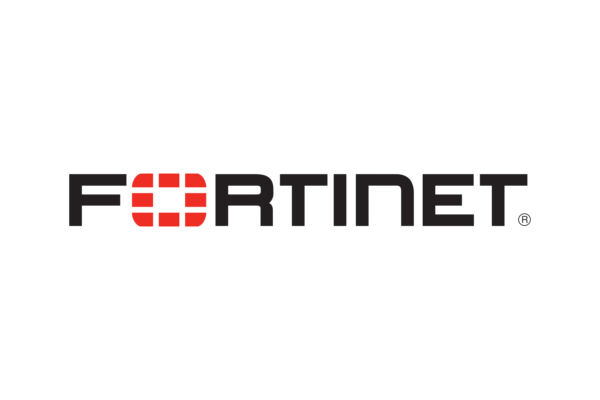
Effective ransomware detection requires a combination of education and technology. Here are some of the best ways to detect and prevent the evolution of current ransomware attacks:

1. Educate your employees about the hallmarks of ransomware: Security awareness training for today’s workforce is a must and will help organizations guard against an ever-evolving array of threats. Teach employees how to spot signs of ransomware, such as emails designed to look like they are from authentic businesses, suspicious external links, and questionable file attachments.
2. Use deception to lure (and halt) attackers: A honeypot is a decoy consisting of fake repositories of files designed to look like attractive targets for attackers. You can detect and stop the attack when a ransomware hacker goes after your honeypot. Not only does cyber deception technology like this use ransomware’s own techniques and tactics against itself to trigger detection, but it uncovers the attacker’s tactics, tools, and procedures (TTP) that led to its successful foothold in the network so your team can identify and close those security gaps.
3. Monitor your network and endpoints: By conducting ongoing network monitoring, you can log incoming and outgoing traffic, scan files for evidence of attack (such as failed modifications), establish a baseline for acceptable user activity, and then investigate anything that seems out of the ordinary. Deploying antivirus and anti-ransomware tools is also helpful, as you can use these technologies to whitelist acceptable sites. Lastly, adding behavioral-based detections to your security toolbox is essential, particularly as organizations’ attack surfaces expand and attackers continue to up the ante with new, more complex attacks.
4. Look outside your organization: Consider taking an outside-the-network view to the risks posed to an organization. As an extension to a security architecture, a DRP service can help an organization see and mitigate three additional areas of risk: digital asset risks, brand-related risks, and underground and imminent threats.
5. Augment your team with SOC-as-a-service if needed: The current intensity we see across the threat landscape, both in velocity and sophistication, means we all need to work harder to stay on top of our game. But that only gets us so far. Working smarter means outsourcing specific tasks, like incident response and threat hunting. This is why relying on a Managed Detection and Response (MDR) provider or a SOC-as-a-service offering is helpful. Augmenting your team in this way can help to eliminate noise and free up your analysts to focus on their most important tasks.
While the volume of ransomware isn’t slowing, numerous technologies and processes are available to help your team mitigate the risks associated with this attack. From ongoing cyber education programs to strengthening ZTNA efforts, we can keep crafty attackers at bay.